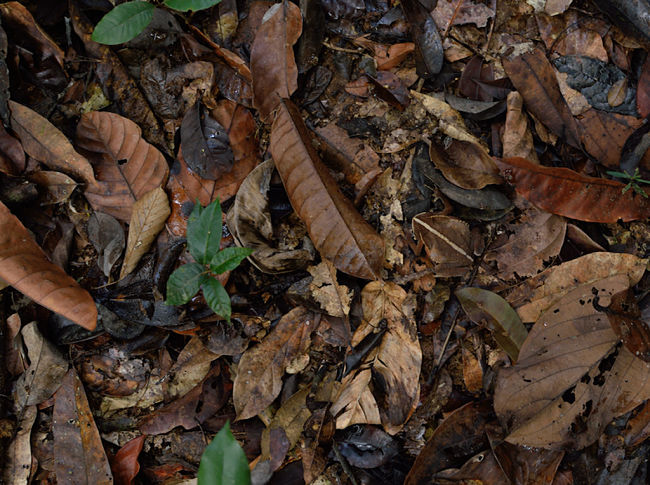Camouflage in nature and war
Camouflage, whether the product of technology or evolution, is as much an adaptation to the perception and mind of the viewer as it is to the environment. In nature and war, concealment may be necessary against a foe with infra-red, ultra-violet or Polarisation vision, at ultra-high spatial or temporal resolution, and perhaps with hyperspectral colour dimensionality.
Understanding evolution’s responses to the problems of defeating detection and identification by such foes, and how the human mind segments, recognises and tracks targets when those targets resemble the background, are core intellectual challenges for BVI biologists (Innes Cuthill, Tim Caro, Heather Whitney), psychologists (Nick Scott-Samuel and Roland Baddeley) and computer scientists in the Camolab.
Military and animal coloration must often satisfy other constraints, in terms of recognisability and physical robustness. Understanding these trade-offs will lead to biologically-inspired solutions, underpinned by theory, for optimising concealment (or conspicuity) in both military and civilian contexts.

